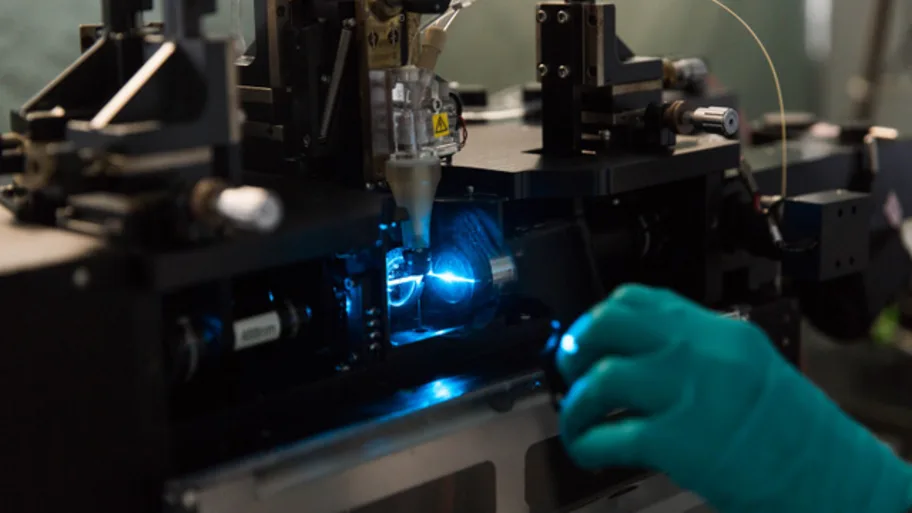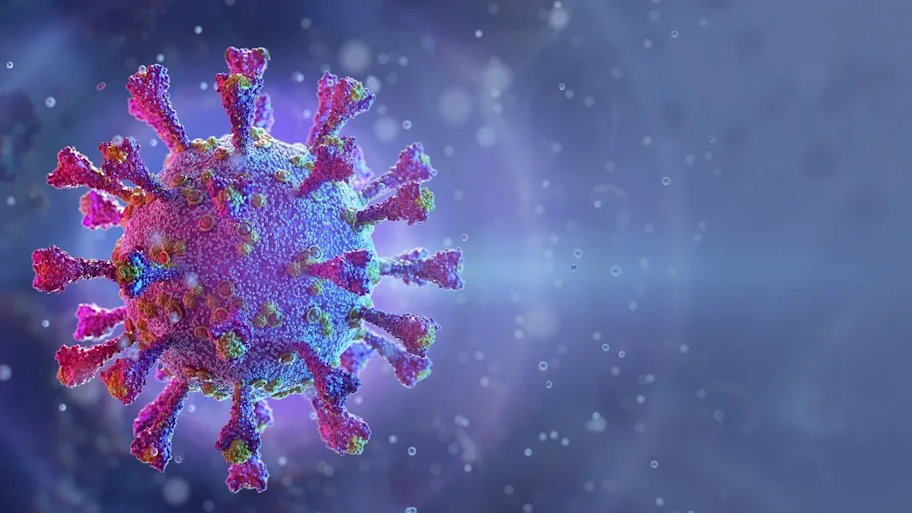
- Science News
- Featured news
- Are the ‘viral’ agents of MS, ALS and schizophrenia buried in our genome?
Are the ‘viral’ agents of MS, ALS and schizophrenia buried in our genome?

An estimated 8% of our DNA comes from viruses. Image: Shutterstock.
Viruses hid themselves in your ancestors’ DNA. Now they’re waking up.
— by Matthew Prior, Frontiers science writer
What if the missing ‘environmental’ factor in some of our deadliest neurological diseases were really written in our genome?
Writing in Frontiers in Genetics, researchers from the University of Düsseldorf explain how viruses ended up in our DNA – and what puts them in the frame in unsolved diseases like multiple sclerosis.
Neural Cell Responses Upon Exposure to Human Endogenous Retroviruses► Read original article► Download original article (pdf)
The enemy within?
A whopping 8% of our DNA comes from viruses. Specifically, ones called retroviruses – not because they’re old, but because they reverse the normal process of reading DNA to write themselves into their host’s genome.
Retroviruses are old though: they began merging with our ancestors millions of years ago. Over the millennia, most of their remnants in our DNA – known as human endogenous retroviruses or HERVs – have been silenced by mutations. Others, which had evolved to fend off rival viruses, formed the prototypical immune system and to this day protect us from infection.
However, HERVs might also be the missing causative link in major ‘unsolved’ neurological diseases.
“HERVs have been implicated in the onset and progression of multiple sclerosis [MS], amyotrophic lateral sclerosis [ALS] and schizophrenia,” says senior author Prof. Patrick Küry. “Dormant HERVs can be reactivated by environmental factors such as inflammation, mutations, drugs, or infection with other viruses, so could provide a mechanism for their well-established epidemiological link to these disorders.”
Related: Dormant viruses activate during spaceflight – NASA investigates
Role in MS
So far, the strongest evidence links HERVs to MS.
“MS is caused by direct autoimmune attacks on myelin – the fatty coating of nerve cells – in the brain and spinal cord,” explains Küry. “But we don’t yet understand how these attacks are triggered.”
A variety of studies suggest that reactivation of HERV could be just such a trigger.
“Retroviruses were first associated with MS in 1989, but only decades later was it realized that these are in fact HERVs.
“Subsequently, it was shown that levels of HERV RNA and protein – the ‘readouts’ from reactivated HERV DNA – are increased in the brain and spinal cord fluid [CSF] of sufferers, as well as in their brain tissue postmortem.
“Linking this HERV reactivation to autoimmune attacks in MS, it was found that HERV proteins can trigger an immune response against myelin, which triggers MS-like disease in mouse models.”
Mechanistically, HERV proteins could trigger autoimmunity through ‘molecular mimicry’.
“In addition to direct effects of HERV on myelinating cells, several groups report structural similarities between HERV and myelin oligodendrocyte glycoprotein – a molecule displayed on the surface of myelin. This similarity could fool the immune system into damaging myelin, when it mounts an attack on HERVs.”
Experimental proof in humans
Similar experiments have linked HERVs to the peripheral demyelinating disease CIDP, as well as more distinct disease processes like progressive loss of motor neurons in ALS (Lou Gehrig’s disease).
In schizophrenia, a complex neurodevelopmental disorder, the link to HERVs is more circumstantial.
“HERV proteins have been reported to increase expression of schizophrenia-linked genes in cultured human brain cells,” reports Küry. “However, studies on schizophrenia sufferers show inconsistent changes in HERV expression in blood, CSF and postmortem brain tissue compared to healthy controls.”
Whether or not HERVs contribute to these and other unexplained neurological conditions requires further investigation. An important step will be to test the effects of HERV-neutralizing antibodies in humans.
“Of note, in relapsing MS patients a phase 2b clinical trial using HERV protein-neutralizing antibody Temelimab has been conducted. We’re now waiting to see if the treatment showed beneficial effects on remyelination or attenuated neurodegeneration.”
Original article: Neural Cell Responses Upon Exposure to Human Endogenous Retroviruses
REPUBLISHING GUIDELINES: Open access and sharing research is part of Frontiers’ mission. Unless otherwise noted, you can republish articles posted in the Frontiers news blog — as long as you include a link back to the original research. Selling the articles is not allowed.






